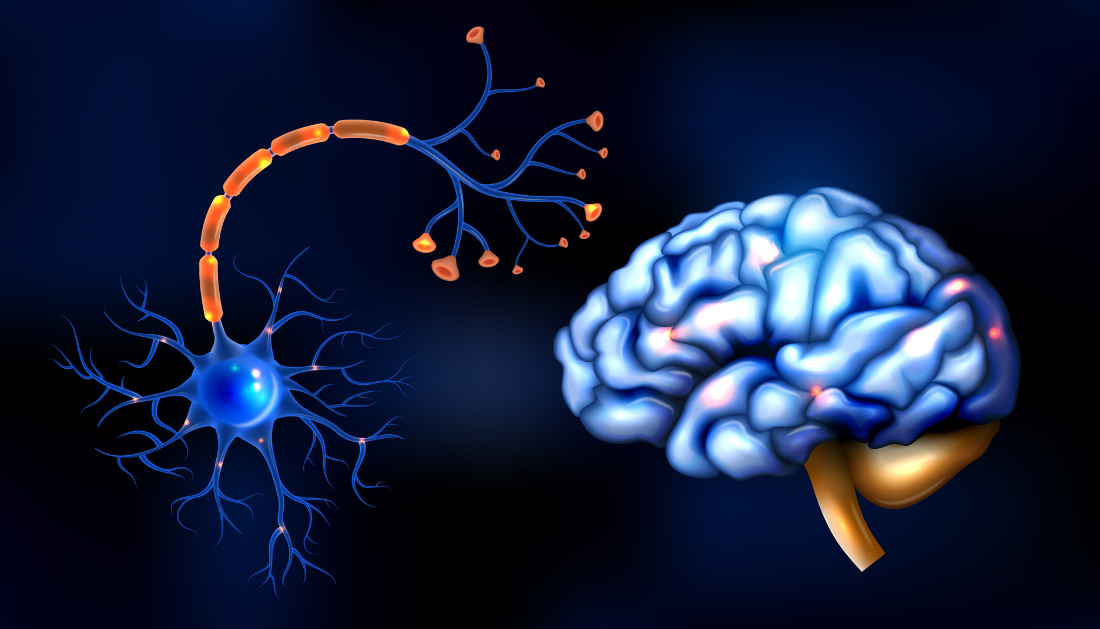

In an investigation of the effects of selective serotonin-releasing agent (SSRA) fenfluramine on human behavior, researchers recently raised synaptic serotonin levels in a report published in Nature Communications.
Context
Research in neuroscience focuses on the role of central serotonin (5HT) in behavior, particularly how selective serotonin reuptake inhibitors (SSRIs) affect it. Goal-directed cognition, eating, and sexual activity are among the acts that require serotonin.
The complex effects of SSRIs on colocalized neurotransmitter systems and increased synaptic 5-HT make it challenging to establish a causal association between behavior in humans and SSRI use. 2020 will see the approval of a low dose of fenfluramine for the treatment of Dravet epilepsy. This medication directly and quickly increases synaptic 5-HT levels in mood control regions without changing extracellular dopamine concentrations.
About the Study
In this work, the effects of directly raising human synaptic serotonin (5-HT) levels with fenfluramine were examined, with a particular emphasis on memory, behavioral inhibition, and unpleasant processing. They investigated if fenfluramine would result in behavior that was different from tryptophan deficiency.
53 people, with a mean age of 20 years and 32 females, were randomly assigned to either the intervention group (n = 26) or the placebo group (n = 27) to receive 15 mg of fenfluramine hydrochloride twice daily orally for eight days. Between June 2021 and June 2022, they recruited eligible participants, excluding those who were breastfeeding, pregnant, trying to get pregnant, or had recently used recreational drugs. Every participant had a body mass index (BMI) between 18 and 30, and they were all fluent in English.
Researchers screened people by evaluating their renal, hepatic, and cardiovascular systems using the Diagnostic and Statistical Manual of Mental Disorders (DSM-V) criteria. Participants filled out a variety of questionnaires and emotional and cognitive activities at baseline. To quantify the changes in salivary cortisol caused by fenfluramine, researchers used immunoassays. To obtain the results, they employed analysis of covariance (ANCOVA) and linear mixed effects modes.
Participants completed questionnaires evaluating mood, anxiety, depression, subjective cognitive performance, and side effects at both visits (the baseline and eight days later). The Perceived Deficit Questionnaire—Depression (PDQ-D), Spielberger State-Trait Anxiety Inventory (STAI-T), Positive and Negative Affect Schedule (PANAS), Visual Analogue Scale (VAS), and Beck Depression Inventory-II (BDI) were among the questionnaires.
To assess implicit learning and visual search skills, participants completed the Oxford Memory Task, Affective Interference Go/No-Go Task, Verbal n-back task, Probabilistic instrumental learning task, Auditory Verbal Learning Task (AVLT), and Contextual cueing task.
Declarative memory encoding and retrieval were measured using the AVLT task; behavioral inhibition under affective interference was measured using the Affective Interference Go/No-Go Task; complex verbal working memory was measured using the Verbal n-back task; reward and loss sensitivity during instrumental learning was measured using the Probabilistic instrumental learning task; visuospatial working memory was measured using the Oxford Memory Task; implicit learning and visual search ability were measured using the Contextual cueing task.
In summary
According to the study, raising synaptic serotonin levels directly affects behavior and decision-making in both neutral and unpleasant situations. Elevated serotonin reduces the sensitivity to the effects of loss and improves impulse control when engaging in behavioral inhibition under adverse circumstances. Increased serotonin promotes cautious decision-making and neutral memory retention, which enhances behavioral inhibition.
The results of the study underscore the potential of the SSRA as an experimental probe and have implications for theories on central serotonin activity. Investigating its potential for therapy may aid in our understanding of serotonin’s role in human behavior and mental genesis.
For more information: Direct serotonin release in humans shapes aversive learning and inhibition, Nature Communications, https://doi.org/10.1038/s41467-024-50394-x
more recommended stories
 Silica Nanomatrix Boosts Dendritic Cell Cancer Therapy
Silica Nanomatrix Boosts Dendritic Cell Cancer TherapyKey Points Summary Researchers developed a.
 Vagus Nerve and Cardiac Aging: New Heart Study
Vagus Nerve and Cardiac Aging: New Heart StudyKey Takeaways for Healthcare Professionals Preserving.
 Cognitive Distraction From Conversation While Driving
Cognitive Distraction From Conversation While DrivingKey Takeaways (Quick Summary) Talking, not.
 Fat-Regulating Enzyme Offers New Target for Obesity
Fat-Regulating Enzyme Offers New Target for ObesityKey Highlights (Quick Summary) Researchers identified.
 Spatial Computing Explains How Brain Organizes Cognition
Spatial Computing Explains How Brain Organizes CognitionKey Takeaways (Quick Summary) MIT researchers.
 Gestational Diabetes Risk Identified by Blood Metabolites
Gestational Diabetes Risk Identified by Blood MetabolitesKey Takeaways (Quick Summary for Clinicians).
 Phage Therapy Study Reveals RNA-Based Infection Control
Phage Therapy Study Reveals RNA-Based Infection ControlKey Takeaways (Quick Summary) Researchers uncovered.
 Pelvic Floor Disorders: Treatable Yet Often Ignored
Pelvic Floor Disorders: Treatable Yet Often IgnoredKey Takeaways (Quick Summary) Pelvic floor.
 Urine-Based microRNA Aging Clock Predicts Biological Age
Urine-Based microRNA Aging Clock Predicts Biological AgeKey Takeaways (Quick Summary) Researchers developed.
 Circadian Control of Neutrophils in Myocardial Infarction
Circadian Control of Neutrophils in Myocardial InfarctionKey Takeaways for HCPs Neutrophil activity.

Leave a Comment